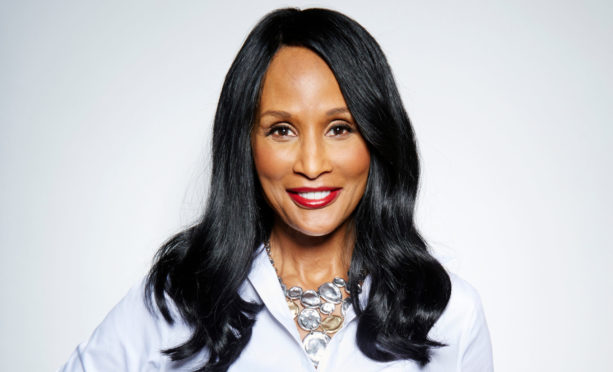
The first black supermodel to appear on the cover of US Vogue has spoken out against racism in the fashion industry.
Beverly Johnson – who featured on the iconic magazine cover in 1974 – has proposed that at least two black professionals should be interviewed for every position at Vogue’s publisher Conde Nast.
The 67-year-old put forward the “Beverly Johnson Rule” after a leaked memo from Vogue’s editor-in-chief Anna Wintour admitted that mistakes had been made in publishing “hurtful or intolerant” content.
Although the UK edition of the magazine has appointed its first black editor, Edward Enninful, but Johnson has invited fashion, beauty and media businesses to do more in a bid to tackle racism after a friend told her about a similar successful policy in American football.
Ms Johnson said: “He said, either you call it the Beverly Johnson Rule or maybe they might call it the Condé Nast Rule or the Vogue Rule, it’s up to you. You claim it or you don’t’. And I decided to claim it.”
She used her legendary status within the fashion industry to raise the profile of her campaign by describing her experiences as a pioneer in the modelling world.
Speaking about her breakthrough cover appearance, she said: “You have this kind of innocence but that was the moment my innocence was replaced with this more mature reality, of really what America is doing, or was doing.
“I wanted to rise to the occasion because I realised what it meant to so many black people. And I didn’t want to let them down, or myself down.”
Last month the Scottish-Nigerian model Eunice Olumid laid out a five-point plan to help black and minority ethnic people living in Scotland.
She called on the Scottish parliament to make changes to the school curriculum to encourage better understanding and help tackle racism.

Enjoy the convenience of having The Sunday Post delivered as a digital ePaper straight to your smartphone, tablet or computer.
Subscribe for only £5.49 a month and enjoy all the benefits of the printed paper as a digital replica.
Subscribe © D C Thomson
© D C Thomson